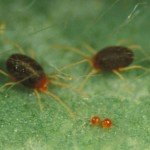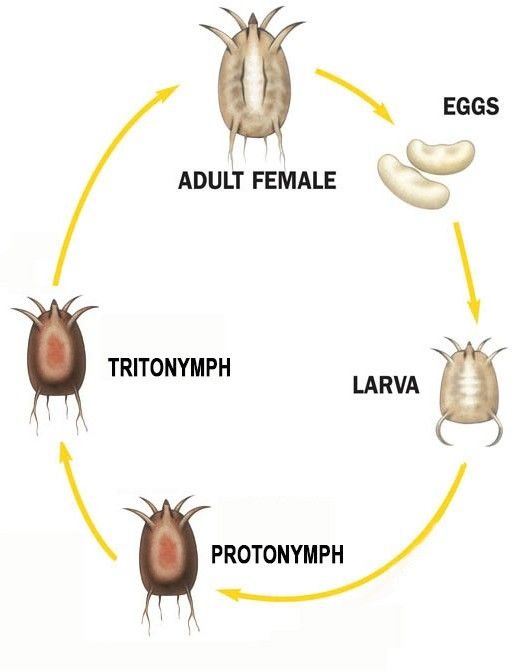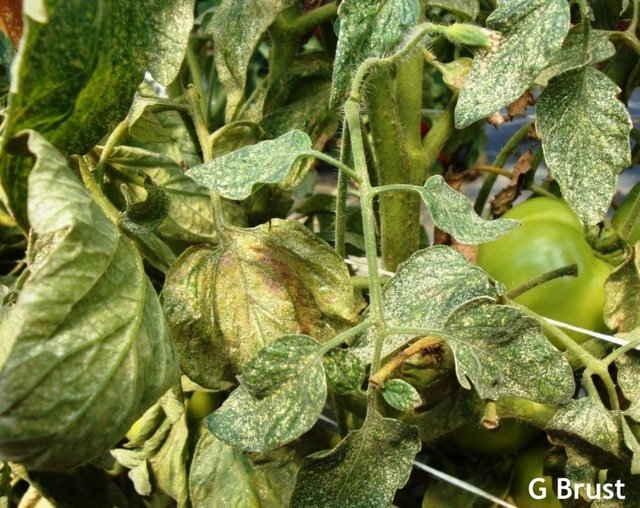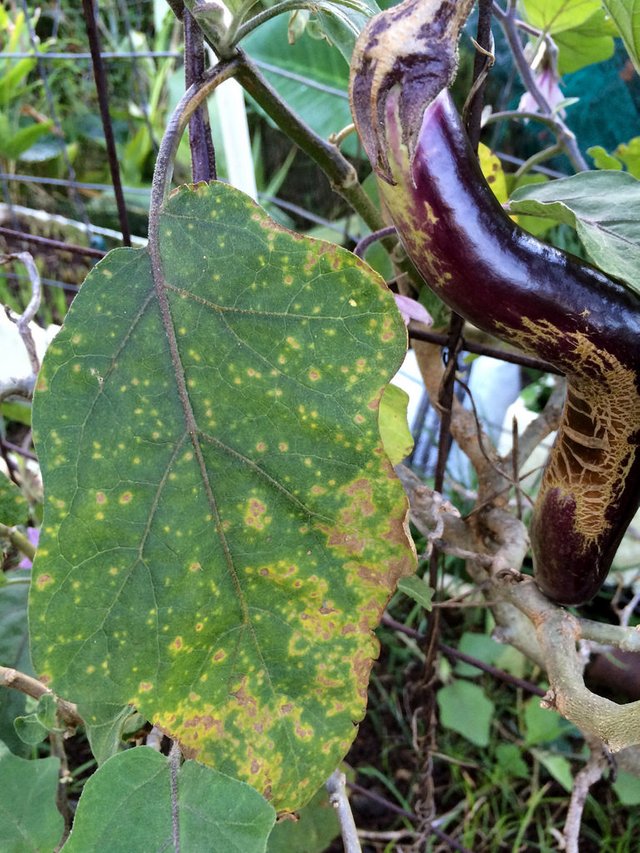STEEMCHURCH FARMS: MITES
Mites: (Panonychus citri, Tetranychus urticae, Tetranychus evansi, Aculops lycopersici)

Source
The plague of mites are tiny insects, which are difficult to detect with the naked eye, the size of these insects do not exceed one millimeter in length. these insects feed on the sap of the plants, which they extract mainly from their leaves. Mites represent one of the most serious pests that attack crops around the world.
Mite morphology
They belong to the Acariform order and are included in the Tetranychidae family.
Egg: they are usually rounded and somewhat flattened.
Larva: generally salmon-colored and rounded, it has three pairs of legs.
Nymph: the intermediate states between larvae and adults. They have four pairs of legs.
Adult: males and females are usually very mobile and may have different colors.
Mite biological cycle
The male fecundates the female after the emergence and the laying does not start immediately after fertilization, but there is a period of preoviposition that varies with the climatic conditions. The laying can be done in very varied sites, preferring new leaves that have reached their full development and above all, in the beam in the main nerve. It is usually sexual reproduction, although parthenogenetic reproduction can also occur.

Source
What plants are attacked by mites?
Among the crops that most invade mites, we can mention among many others: tomato plants, eggplants, melon, cucumbers, watermelon, sweet pepper, okra. But among all these, the most preferred are the leaves of eggplants.

Source
Symptoms that plants present due to the presence of mites
Among the most common symptoms we have:

Source
Plants are sad or dormant
Yellowish leaves

SourcePresence of a sticky substance in the leaves and stems (Molasses)
Because these mites are so tiny, they are rarely detected, by the producers who will only realize that this pest is present in their crops, when they notice the damage in them.
Ways to control mites in crops
Mites are generally controlled by chemical means, which represents significant costs in economic and ecological terms and the suppression of the pest is not always guaranteed. Another viable alternative is the biological control by means of phytoseiid mite releases (tetraniquid mite predators) that are distributed over the plants, where they feed on the red spider. This control technique has been used for decades in other European countries and has demonstrated its efficiency, especially in protected crops on pests such as Tetranychus urticae.
Biologic control:
In this type of control reference is made to the use of natural enemies for the management of pests. These beneficial organisms can be predators, parasitoids and entomopathogens.
Among the activities that can be carried out are mentioned: protection and encouragement of populations of natural enemies; introduction, artificial increase and colonization of predators and parasitoids; propagation and dissemination of entomopathogenic bacteria, fungi, viruses and protozoa.
Among the predators and parasitoids that eliminate mites, we can mention:
- The chinche ojona Geocoris sp, the aphid lion Chrysoperla carnea and the catarinita
Hippodamia convergens. - The catarinita Delphastus pusillus has been introduced in Southern California to help in biological control.
- The entomopathogenic fungus Aschersonia aleyrodis is specific for the control of aleyrodidae.
- The generalist fungus Paecilomyces fumosoroseus has been the most studied pathogen for the control of mites.
- The fungus Beauveria bassiana is formulated under various commercial names. The fungus Verticillium lecanii works on mites, but requires high humidity to act.
The fungi B. bassiana, P. fumosoroseus and Synnematium spp have shown promising results in the control of mites nymphs. - Neoseiulus californicus and Phytoseiulus persimilis.
Chemical control
Among the most used products, pyrethroids are found, being the most effective for these pests, abamectin, which is an insecticide, acaricide and anthelmintic with translaminar action widely used in agriculture. Its mode of action affects the nervous system of the insects, ultimately causing their death.
The disadvantage of the use of insecticides of chemical origin, is that apart from eliminating pests that attack crops, we also eliminate their biological enemies.
Preventive measures for the control of mites
Among the preventive measures to prevent your crops from being attacked by mites, I will recommend the following:
- It is of great importance that when you buy seedlings from the nurseries, they are free of mites and any other pest, when they go to buy seedlings it is necessary to check them well on the underside of the leaves. In the case that we make our seedbeds, try to protect them so that they are kept healthy and free of pests or diseases.
- I recommend a permanent monitoring of their crops, and I always use a magnifying glass to check the leaves of the plants, especially on the underside, which is the place where most of these pests including aphids and the fly white
- It is important to comply with a plan of preventive fumigation, mainly from the beginning, it can be done, five days after the transplant, in the case of vegetables.
- It is necessary, after finishing a crop, to burn all the remains of plants and fruit remains, in cases that have been these plants attacked by mites, aphids or any other disease.
My natural herbal insecticides for preventive control of mites, aphids and whitefly
Prepare the following: In a pot, place leaves of the NEEM plant and the peel of the oranges, cook until brown water is observed. Then proceed to strain, let cool and add for each 10 liters of this cooking, 3 ounces of fabric softener and 3 ounces of white oil for agricultural use. This preparation is very effective to repel mites and aphids, it is important to fumigate the plants well on the underside of the leaves, this fumigation can be done twice a week, this handmade formula has given me good results in my vegetables.
REFERENCES:
Source
[Source]((https://en.wikipedia.org/wiki/Mite)